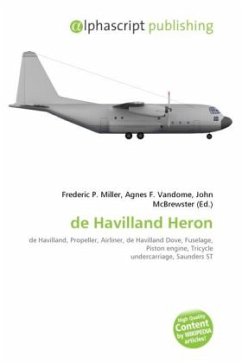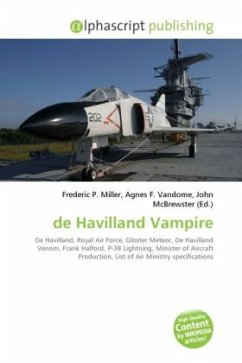High Quality Content by WIKIPEDIA articles! The de Havilland DH.114 Heron was a small, propeller-driven British airliner that first flew on 10 May 1950. It was a development of the twin-engine de Havilland Dove, with a stretched fuselage and two more engines. It was designed as a rugged, conventional low-wing monoplane with tricycle undercarriage that could be utilised on regional and commuter routes. One hundred and fifty were built, exported to around 30 countries. Herons later formed the basis for various conversions, such as the Riley Turbo Skyliner and the Saunders ST-27 and ST-28. Immediately after the Second World War, the aircraft manufacturer de Havilland developed the DH.104 Dove, a small, two-engined passenger aircraft intended as a replacement for the earlier Dragon Rapide, and which soon proved to be successful. As a further development, the company basically enlarged the Dove; the fuselage was lengthened in order to provide room for more passengers or freight, and the wingspan was increased to make room for two additional engines.
Bitte wählen Sie Ihr Anliegen aus.
Rechnungen
Retourenschein anfordern
Bestellstatus
Storno








